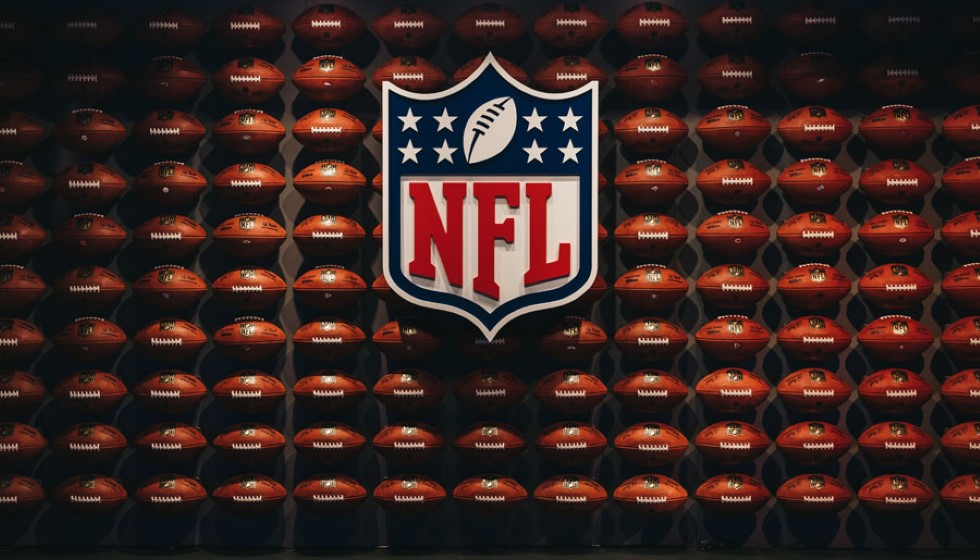
The New York Giants have made a significant decision by choosing not to franchise their prolific running back Saquon Barkley for the second consecutive year. This decision has quickened interest and discussion about the franchise's strategy and the broader trends in the NFL.
For two years, the Giants have sidestepped using the franchise tag on Barkley, leaning instead towards not offering him a deal that could be seen as a low-ball offer, which had raised concerns among the Giants management for being potentially disrespectful. Although team owner John Mara had a strong preference for keeping Barkley on the roster, financial considerations and positional priorities ultimately dictated otherwise.
A Tactical Shift
General Manager Joe Schoen took a strategic route, planning to delay the acquisition of a running back until the second week of free agency. This move indicated a calculated risk, banking on the competitive market to provide a cost-effective solution. The Giants’ expectations were that Barkley might not command as high a salary given the market conditions.
"Bang for your buck," Schoen emphasized, hinting at the economical prudence behind the decision.
Eventually, Barkley joined the Philadelphia Eagles under a deal worth $12.5 million per season over three years. This signing underscored the shifting dynamics within the league for running backs, especially those nearing a certain age threshold.
Age and Performance Data
Schoen substantiated his decision by referring to data highlighting the performance decline of running backs at the age of 27. Barkley amassed 900 carries during his tenure at Penn State and has endured six physically taxing seasons in the NFL. Schoen's reliance on age-related performance data is not without precedent. Historical data shows a general decline in production for running backs around the age of 27. Notable comparisons include Christian McCaffrey, whose age-27 season began in 2023, and Derrick Henry, who despite maintaining impressive yards per game, has demonstrated a decline in yards per carry.
"The data says that running backs decline at 27," Schoen reiterated, aligning his decision with a well-documented statistical trend.
Exceptions and Outliers
However, this general rule has its exceptions. Frank Gore excelled well into his 30s, showcasing durability and performance that defied the norm. Similarly, Aaron Jones has demonstrated improved performance post-27. Nonetheless, these outliers are few and far between in a league where the physical toll on running backs is notably severe.
A Reflective Trend
The Giants' approach mirrors a broader trend within the NFL, reflecting a hesitation to offer large contracts to running backs approaching or surpassing the 27-year threshold. By adopting this stance, the Giants are aligning their strategies with data-driven decision-making, aiming to optimize player performance against financial outlay.
As the NFL continues to evolve, the balance between experienced players and economic efficiency remains a focal point for franchise management. The Giants’ handling of the Saquon Barkley situation provides a case study in modern roster management and the continuous reevaluation of player value in a data-centric sports world.